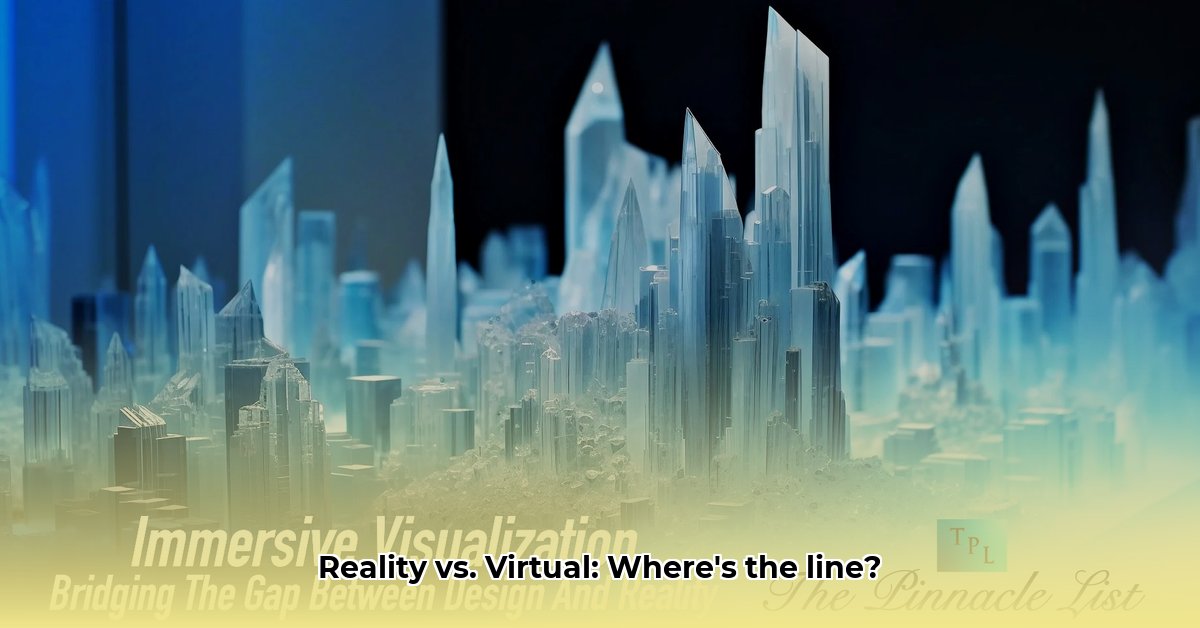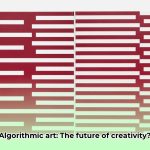Crafting Digital Realities: The Art of Photorealistic GFX
Have you ever looked at a video game or movie and thought, “Wow, that looks real”? That’s the power of photorealistic graphics (GFX). This guide delves into the world of GFX, exploring the tools and techniques artists use to create these stunning visuals. From the foundations of 3D modeling to the cutting-edge advancements in AI, we’ll uncover the secrets behind crafting digital realities that are nearly indistinguishable from the real world.
Essential Tools and Techniques
Creating believable virtual worlds requires both artistic skill and the right tools. Let’s explore the essential components of the GFX artist’s toolkit.
Software & Hardware: The Digital Alchemist’s Arsenal
Like any artist, GFX creators rely on specialized tools. Software like Blender (a versatile, open-source option), Maya (an industry-standard for animation), Cinema 4D (known for its intuitive motion graphics capabilities), and ZBrush (a powerful digital sculpting tool) form the foundation of their digital workshops. Substance Painter adds the crucial layer of realistic textures, while game engines like Unreal Engine and Unity bring everything together into interactive experiences.
But software isn’t enough. Powerful hardware, especially high-end GPUs and render farms (networks of computers working together), provides the processing power necessary for computationally intensive tasks like ray tracing, which simulates realistic light behavior.
Key Techniques for Photorealism
Achieving photorealism involves a combination of techniques:
-
Photogrammetry: Imagine taking hundreds of photos of a real-world object and stitching them together digitally to create a highly detailed 3D model. That’s photogrammetry – essentially, creating a digital twin of a real-world object.
-
Ray Tracing: Unlike traditional computer graphics, which often use shortcuts for lighting, ray tracing simulates the actual behavior of light, resulting in remarkably realistic lighting effects and shadows.
-
Global Illumination: This rendering technique calculates how light interacts with the scene as a whole, considering both direct and indirect light sources, which creates a more realistic and immersive effect.
-
Physically Based Rendering (PBR): PBR materials mimic real-world materials by accurately simulating how they interact with light at an atomic level. This means virtual materials behave like their real-world counterparts, resulting in exceptionally realistic renders.
The AI Revolution: Algorithms as Creative Partners
Artificial intelligence (AI) is transforming the GFX landscape. AI algorithms can analyze vast amounts of image data to generate realistic textures, upscale images, and even create 3D models from scratch. Tools like DALL-E 2, Midjourney, Stable Diffusion, and Artbreeder are pushing the boundaries of what’s possible, suggesting a future where creating complex scenes might be as simple as providing a text description.
The Immersive Future
GFX is driving the evolution of immersive technologies like Virtual Reality (VR) and Augmented Reality (AR). GFX artists create the virtual environments we explore in VR and the digital objects that seamlessly blend with our real-world surroundings in AR. These technologies are not just changing entertainment; they’re transforming fields like education, healthcare, and engineering.
Level Up Your GFX Skills: Resources and Inspiration
Want to dive deeper into the world of GFX? Explore these resources:
-
Digital Foundry (Eurogamer): https://www.eurogamer.net/digitalfoundry-2023 Offers in-depth analyses of gaming graphics.
-
Blender Guru (Andrew Price): https://www.blenderguru.com/ Provides excellent Blender tutorials.
-
SideFX (Houdini Software): https://www.sidefx.com/ Offers comprehensive documentation and learning materials for Houdini.
Photorealistic Rendering: A Deep Dive
Photorealistic rendering aims to create computer-generated images that are indistinguishable from photographs. It’s the pursuit of visual authenticity, crafting digital realities that evoke the same emotional response as a stunning photograph. Let’s explore the techniques and technology driving this quest for realism.
Techniques and Tools
Achieving photorealism relies on mimicking the behavior of light in the real world. Key techniques include:
-
Ray Tracing: Simulates individual light rays bouncing off surfaces, creating accurate reflections, refractions, and shadows.
-
Rasterization: A faster method, but can sometimes sacrifice realism, especially with complex lighting.
Software like V-Ray, Blender Cycles, Unreal Engine, and Chaos Vantage are commonly used for photorealistic rendering.
Photorealistic Rendering vs. Photography
While both strive for realism, they differ significantly:
| Feature | Photorealistic Rendering | Real Photography |
|---|---|---|
| Creation | Created using algorithms and code | Captured through a lens |
| Control | Offers complete artistic control and flexibility | Limited by real-world constraints |
| Realism | Approximates reality; authenticity is still debated | Captures authentic, unfiltered reality |
| Cost/Time | Variable, depending on complexity and tools used | Variable, depending on setup and equipment |
Applications and Implications
Photorealistic rendering is revolutionizing various fields, from architecture and product design to entertainment. However, its increasing realism raises ethical concerns about misinformation and the blurring of reality. Ongoing research explores these implications, suggesting a need for responsible development and usage.
The Photorealistic Pipeline: A Step-by-Step Guide
Creating photorealistic graphics is a multi-stage process:
-
Modeling: Shaping the 3D forms of objects using tools like Blender or 3ds Max.
-
Texturing: Applying materials and details to the models to give them realistic surfaces.
-
Lighting: Placing and adjusting virtual light sources to mimic real-world lighting conditions.
-
Rendering: Using software like V-Ray or Cycles to generate the final image, simulating light interactions with the scene.
-
Post-Processing: Refining the rendered image in software like Photoshop to enhance realism and artistic impact.
Best Practices for Photorealism
-
Mastering Lighting: Experiment with different lighting setups and observe how light interacts with materials.
-
Embracing Imperfections: Adding scratches, dust, and other imperfections enhances realism.
-
Accurate Scale: Maintaining correct object proportions is crucial for believability.
-
Dynamic Camera Angles: Exploring different camera angles create more engaging visuals.
Emerging Trends: Shaping the Future of Photorealistic GFX
The field is constantly evolving. Some key trends include:
-
Real-Time Ray Tracing: Bringing realistic lighting and reflections to real-time applications like video games.
-
AI-Powered Tools: Automating tasks, optimizing rendering, and generating realistic assets.
-
Neural Rendering: Utilizing AI to further enhance realism and push the boundaries of what’s possible. This is an area of active research, and the potential applications are vast, potentially leading to even more efficient and realistic rendering techniques.
-
Cloud Rendering: Shifting the computational burden to the cloud, making high-quality rendering accessible to a wider range of artists. Cloud rendering services are rapidly maturing, allowing for more efficient workflows and rendering of incredibly complex scenes without requiring expensive local hardware.
These advancements raise new ethical considerations regarding the potential misuse of increasingly realistic CGI. As the technology matures, discussions about authenticity and ethical implications will likely intensify.
- How Did Charles F. Brush Discover Wind Energy Tech? - November 19, 2025
- Wind Energy Vertical: Weighing the Pros and Cons of Wind Power - November 16, 2025
- How Much Energy Does a Wind Turbine Actually Create? - November 14, 2025
















